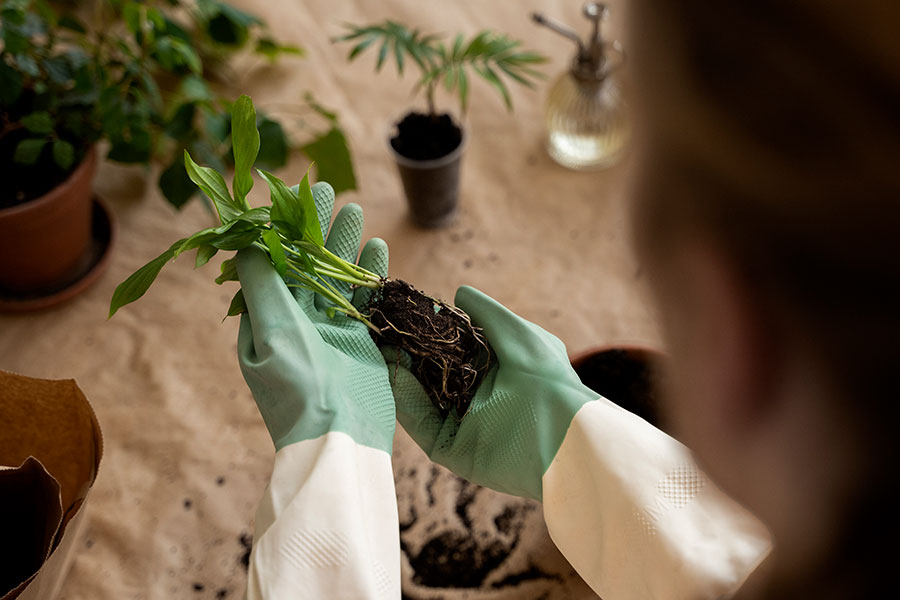Legal & Real Estate
Home, Garden & Decoration
Global Topics
Inside Ibiza
Health & Wellness
Ibiza Optimista
Related Articles

Psychedelics Therapy Growing
Australia has passed a law that allows psychiatrists to prescribe certain psychedelic substances for patients with depression or post-traumatic stress disorder (PTSD). MDMA... READ MORE
Australia has passed a law that allows psychiatrists to prescribe certain psychedelic substances for patients with depression or post-traumatic stress disorder (PTSD). MDMA (also known as ecstasy) can be prescribed for PTSD, and psilocybin, the psychoactive ingredient in psychedelic mushrooms, is... READ MORE

Laser Weed Removal
The Carbon Robotics company in the US, has created a new machine that uses artificial intelligence (AI) to allow farmers to quickly and accurately eliminate weeds from thei... READ MORE
The Carbon Robotics company in the US, has created a new machine that uses artificial intelligence (AI) to allow farmers to quickly and accurately eliminate weeds from their fields. The “LaserWeeder” blends robotics and laser technology with AI, to eliminate over 200,000 weeds per hour without us... READ MORE

Plants Cry Out for Water
If you are not giving your plants enough water, you may be making them cry! New research has discovered that plants actually make a noise when they are under stress. Using ... READ MORE
If you are not giving your plants enough water, you may be making them cry! New research has discovered that plants actually make a noise when they are under stress. Using a soundproof chamber and highly sensitive microphones, researchers managed to pick up a sound coming from the plants which re... READ MORE

Regenerative Agriculture
READ MORE
READ MORE
© Copyright 2024
Ibicasa Home and Services.